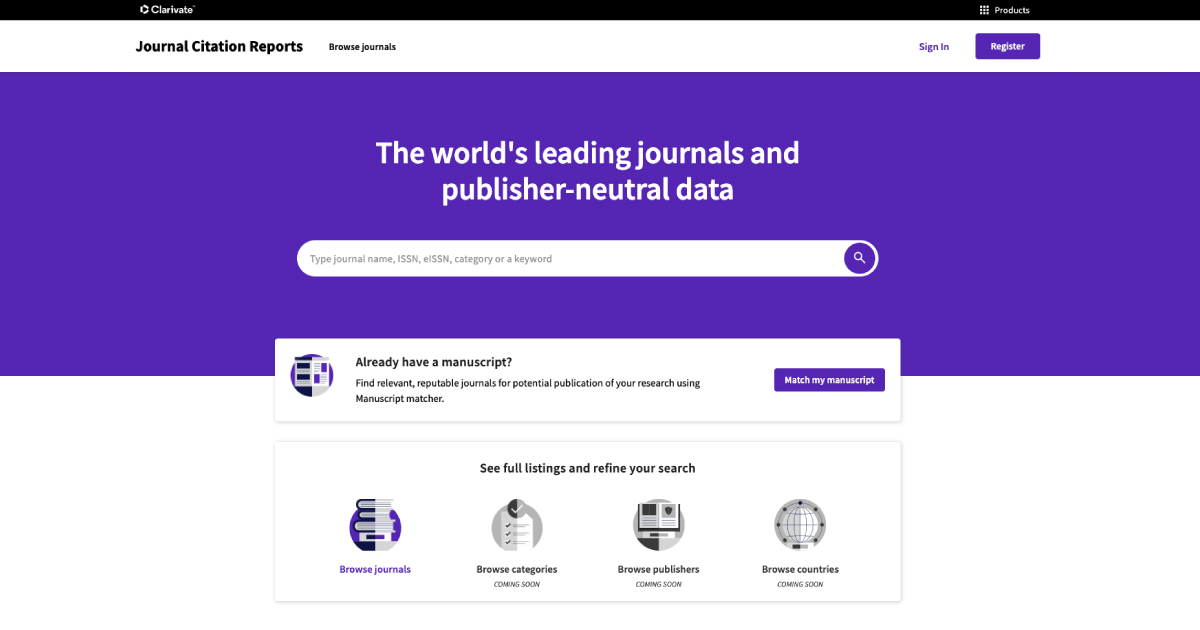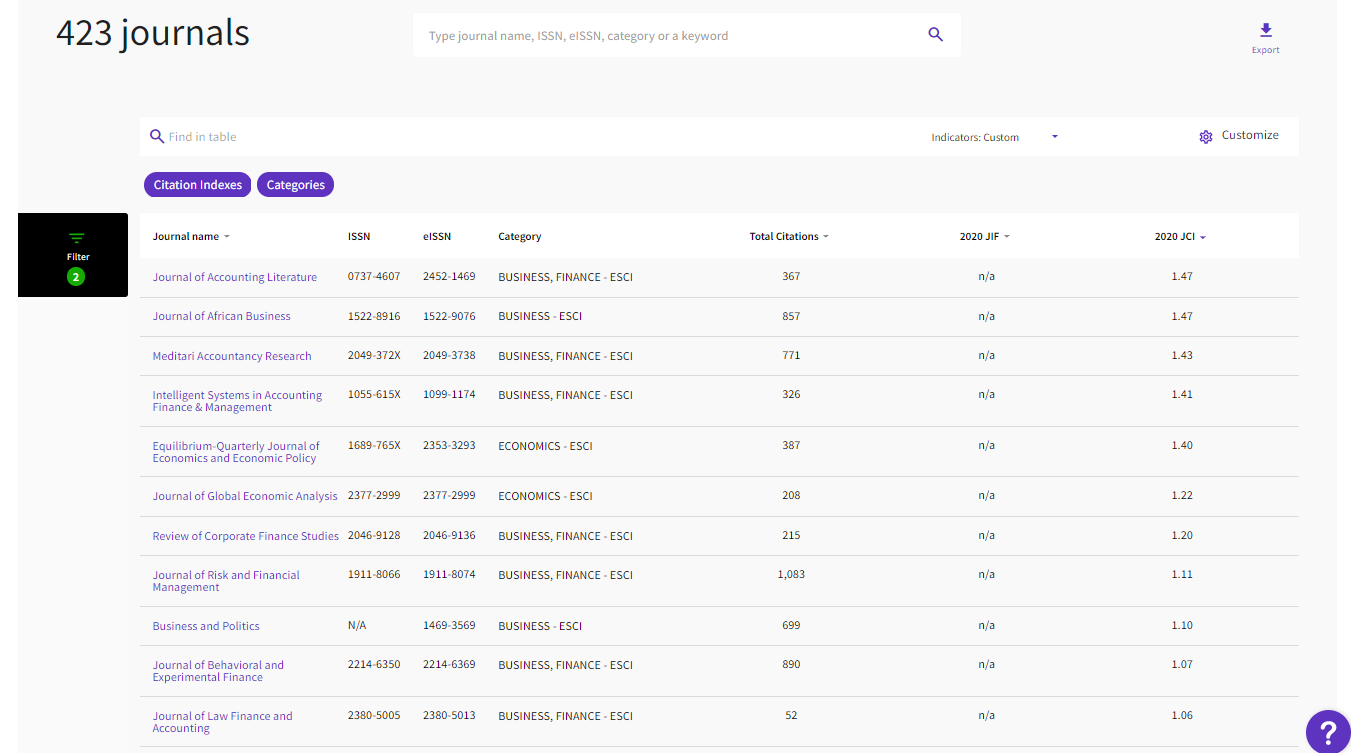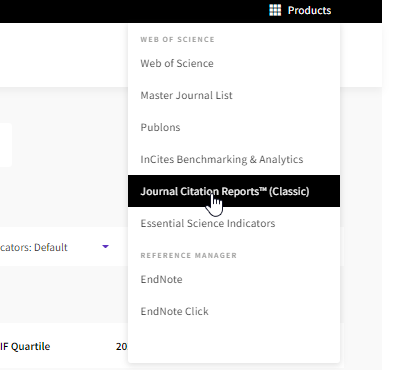
By Yeo Pin Pin, Head, Research Services
Clarivate launched the new edition of their Journal Citation Reports for 2021 last month. This is of course an annual affair, with many publishers and researchers watching eagerly for the reveal of Journal Impact Factors of their favourite journals. This year, the new JCR brought not just new impact factors but also the following changes.
- A new Journal Citation Indicator metric – a category normalised journal level metric that is available for all journals in the core collection as well as journals in the Emerging Sources Citation Index
- JCR 2021 will take into account Early Content Access material as noted in an earlier Research Radar piece
- A new user interface
What is the Journal Citation Indicator metric? How does it differ from the Journal Impact Factor?
A major difference between the Journal Citation Indicator and the traditional Journal Impact Factor is that the former attempts to normalise the metric by Field/Discipline, Year of Publication and Publication type (article or review).
This is done by averaging the articles’ Category Normalisation Citation Impact (CNCI), published in the journal. In particular,
“The value of the Journal Citation Indicator is the mean Category Normalized Citation Impact (CNCI) for all articles and reviews published in the most recent three years (e.g., between 2017 and 2019 for the 2020 indicator value)” (Clarivate, 2021, p. 1)
Another difference is that while the Journal Impact Factor uses only citations from the latest year to measure impact, Journal Citation Indicator counts citations in the past three years and the current year.
The Journal Citation Indicator is normalised in such a way that makes it easy to interpret. A Journal Citation Indicator of 1.5 performed one-and-a-half times better than average and a Journal Citation Indicator of 0.5 performed only half as well.
Lastly, the Journal Impact Factor is generally available only for journals in Web of Science’s Science Citation Index Expanded (SCIE) and the Social Science Citation Index (SSCI) but not for other journal titles.
This is not so for the Journal Citation Indicator which is available for the above two indexes as well as journals in the Arts & Humanities Citation Index (AHCI) and the Emerging Sources Citation Index (ESCI).
This means that many journals that do not have a Journal impact factor may have a Journal Citation Impact factor.

JCR – New interface
To access JCR, you need to login at http://libproxy.smu.edu.sg/login?url=https://jcr.clarivate.com. If you were having problems accessing the full details page for each listed journal in the past, this problem has been resolved.
On login, you will be greeted by a new JCR platform. If you prefer the older interface, you can swtich to the classic version by clicking on the button at the top left corner of the screen.

Librarian’s take: Journal Citation Indicator is not the first journal level metric to try normalisation.
Other metrics like Source Normalised Impact per Paper (SNIP) based on Scopus data available for free here already exist. One major question is how well the attempted field normalisation works. While it is nice to see Clarivate provide an alternative view of journals with another metric, it is unclear how much traction the new Journal Citation Indicator will have.
As always, we are here to answer any questions you might have on this topic.
References
Clarivate. (2021). Introducing the Journal Citation Indicator. https://clarivate.com/wp-content/uploads/dlm_uploads/2021/05/Journal-Citation-Indicator-discussion-paper.pdf